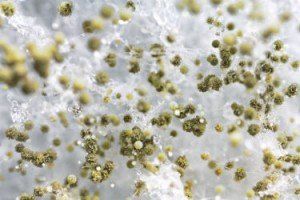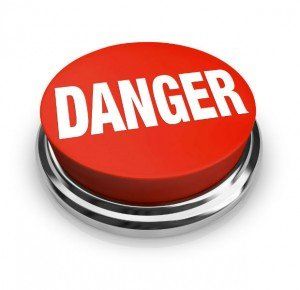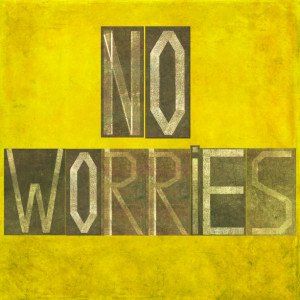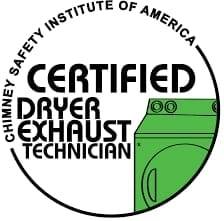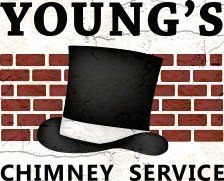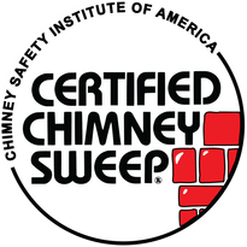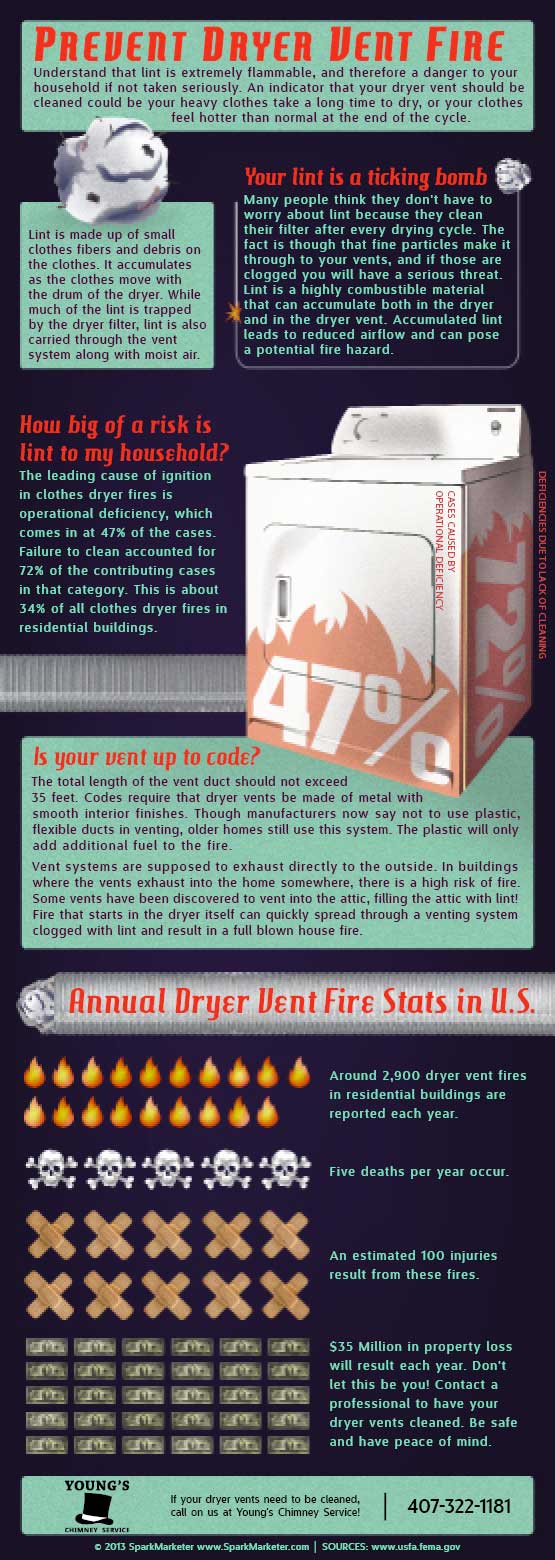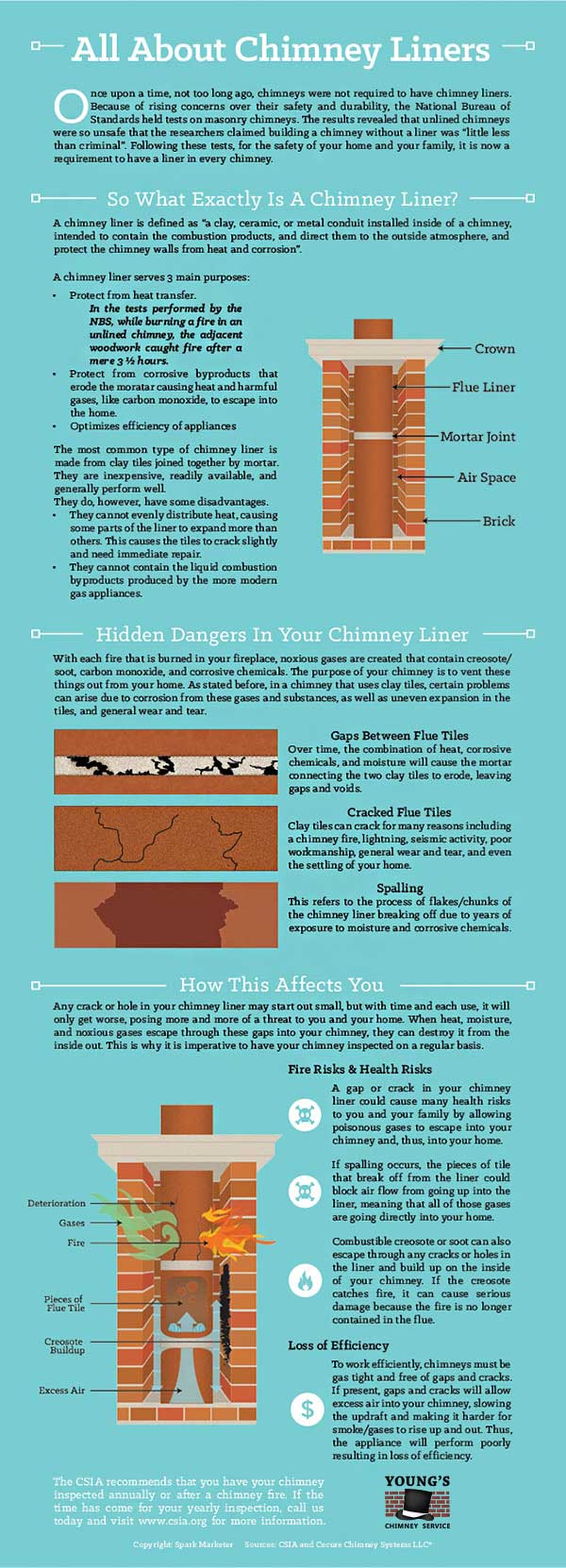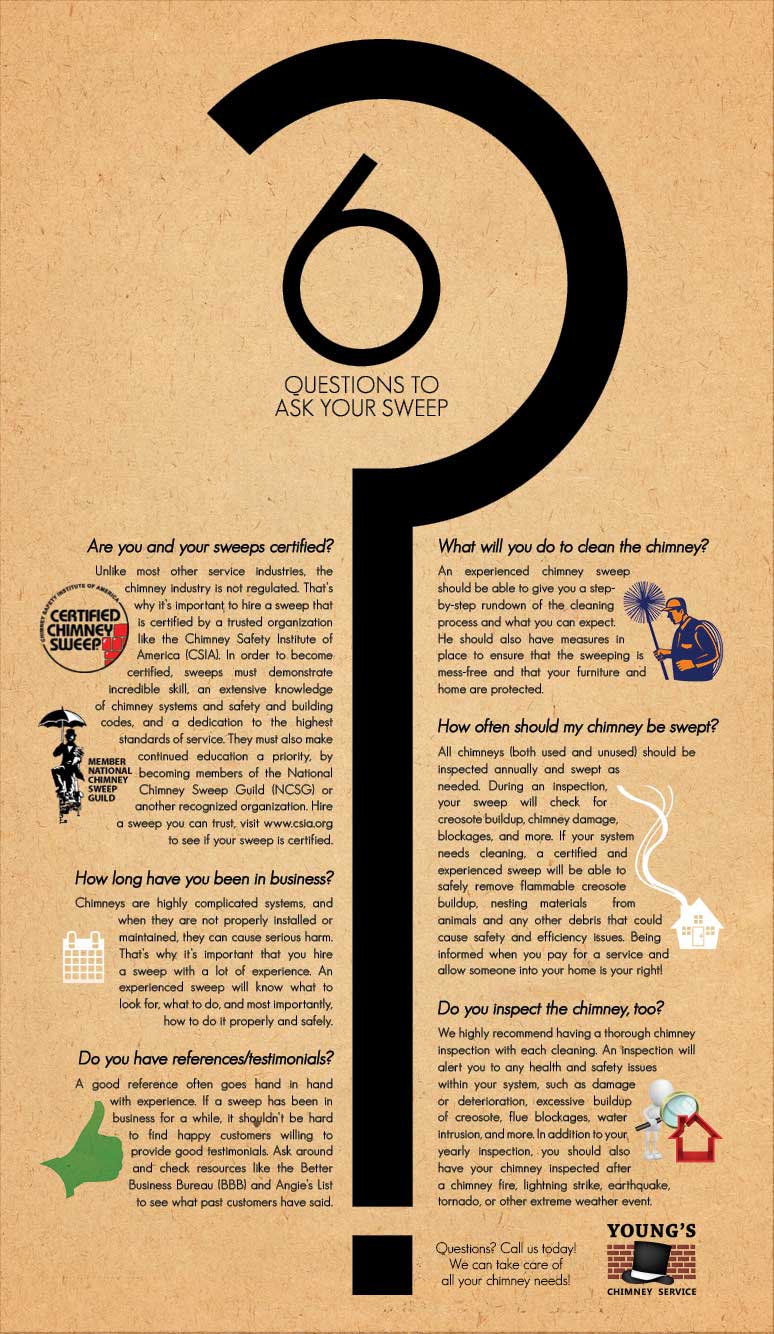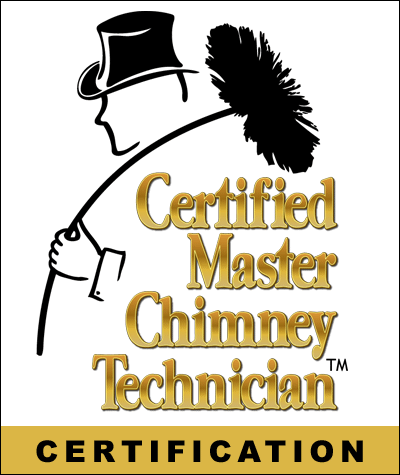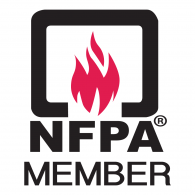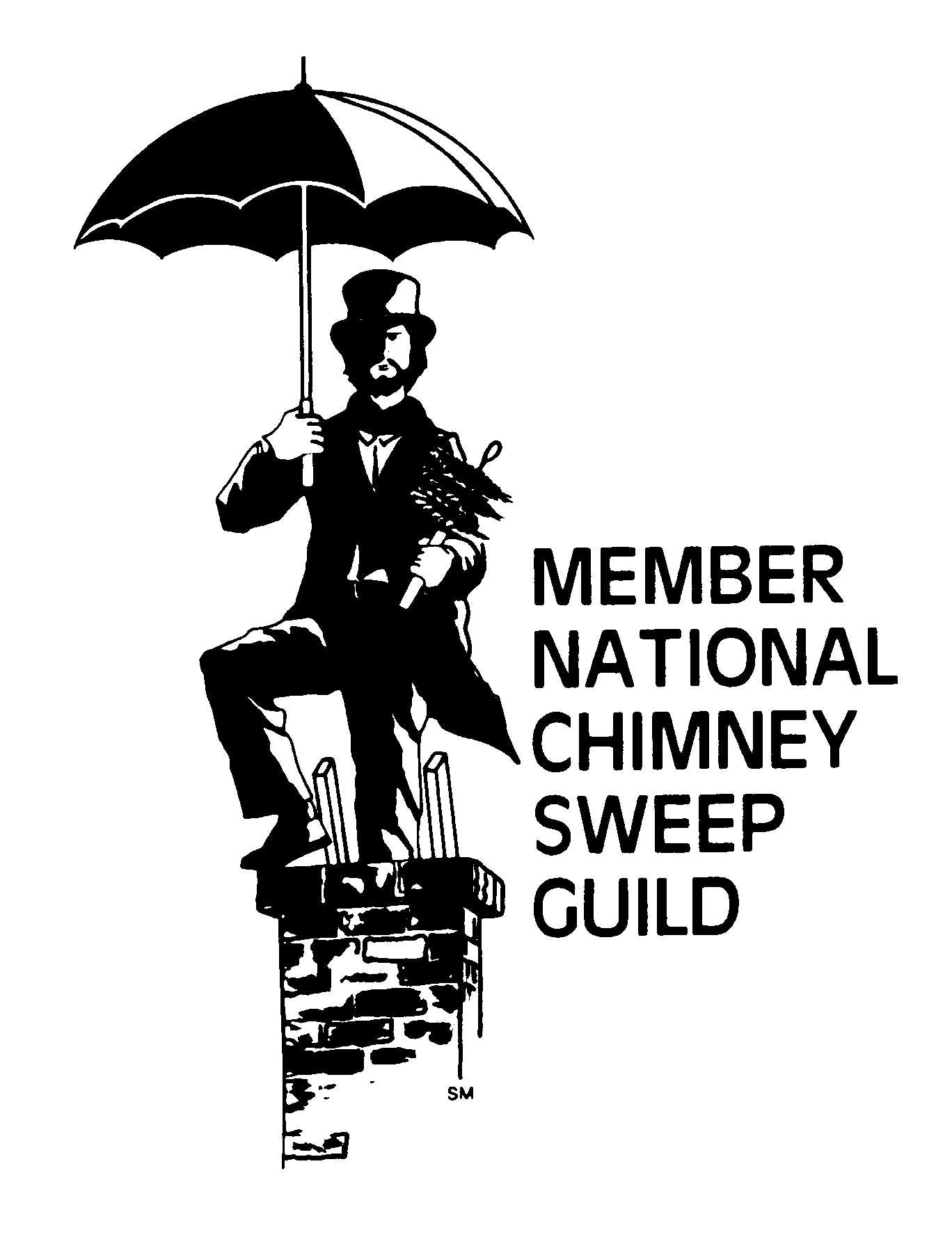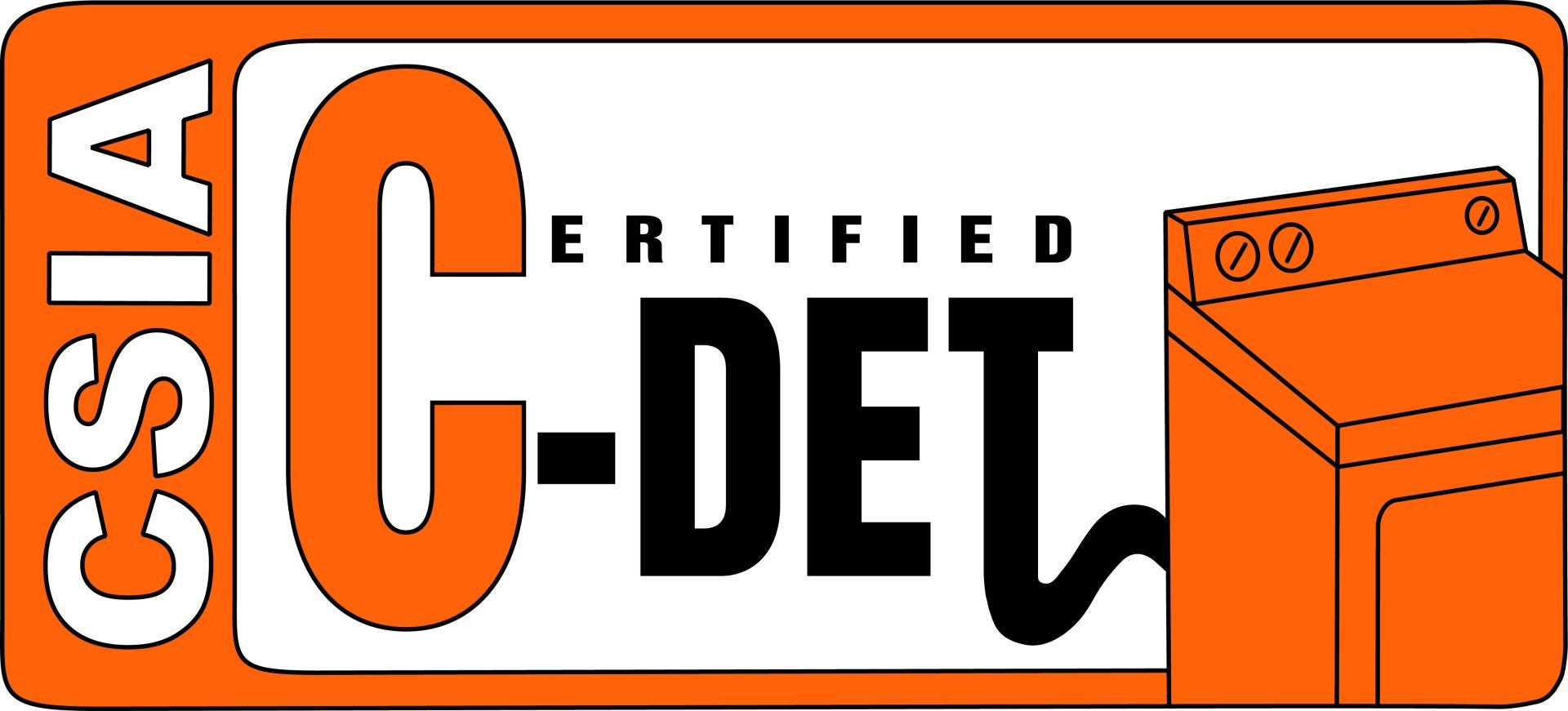Tell Me About Creosote
- By George Elias
- •
- 20 Jan, 2014
- •
Let’s Talk About Creosote
Owning and using a wood-burning fireplace or stove brings along the need for some related knowledge — particularly the things you need to do to keep your appliance and chimney functioning properly (including chimney sweeping and chimney inspections – and why).
A big part of understanding those needs is understanding creosote: what it is, why it develops, what it does to your chimney system, why it needs to be removed and how a professional chimney technician properly removes it. So let’s talk a little bit about creosote, and start at the beginning.
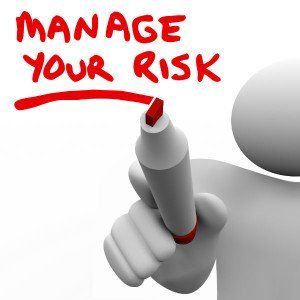
What Is Creosote, Anyway?
The short answer to that is: Creosote is the dirty, smelly, dark-colored stuff that builds up inside your heating appliance and chimney as you enjoy your fires.
More specifically, creosote is a mix of byproducts that result from burning wood — unburned fuel, ash and carbon and chemicals in wood oils. Those byproducts are carried in the hot gases that rise up from your fire through your flue, and as they connect with the cooler flue walls, those gases condense into liquid form, drying into creosote deposits. With every fire, more creosote is added, and those deposits thicken and grow.
Why Do I Need To Worry About Creosote?
Creosote build-up has two major negative effects on your chimney system: It limits its efficiency, and contributes to a fire hazard.
On the efficiency side, thick creosote deposits can negatively affect the draft in your flue, which limits its ability to vent properly, and at the same time, contributes to greater amounts of creosote.
Creosote is also highly flammable, and when thick deposits are present in your chimney system, it can ignite and lead to a chimney or home fire. According to figures from the U.S. Fire Administration, more than 25 percent of residential heating fires were the result of simply failing to clean that heating equipment. And that includes failing to remove creosote from a chimney. Keeping up with regular chimney sweeping appointments truly does make a big difference in the safety and efficiency of your chimney system.
Can I Stop Creosote From Building Up In My Chimney?
You can’t avoid creosote altogether — it’s the natural result of burning wood. But you can focus on certain burning practices that help minimize creosote buildup and keep it in a form that’s easier for chimney technicians to quickly and effectively remove. Included among those practices: proper fuel choice (only burn properly dried, seasoned or kiln-dried cordwood — no trash, no Christmas trees); proper venting prep (make sure your damper is open all the way before lighting); and proper regular maintenance. Young’s Chimney Service technicians will be glad to talk with you more about smart and efficient burning practices, too — it’s a part of the service we provide when we sweep and inspect your chimney.
How Is Creosote Removed?
When Young’s Chimney Service technicians come out for a chimney sweeping appointment, a big part of what we’re doing is removing creosote. To do that, we use specialized brushes and tools and a specially designed vacuum — tools that ensure that we’re able to effectively remove any deposits and keep those messy materials confined.
During a chimney sweeping, we’ll use special brushes — some attached to long, flexible rods — to remove creosote up through the flue. We’ll use hand tools to scrub creosote from your smoke chamber, smoke shelf, damper and firebox. We’ll remove the fire grate and brush it clean, and remove any ash. Once your system is free of debris, we’ll finish performing a Level 1 inspection, checking all the accessible parts of your chimney and appliance for damage (including cracks, gaps and the like), and make any necessary repair recommendations based on what we see.
If you’d like a closer and deeper look into the chimney sweeping/creosote removal process, The Chimney Safety Institute of America — whose guidelines focus the practices of CSIA-certified sweeps like ours — has a helpful video that walks you in great detail through what we do and how we do it.
If you have any other questions about creosote – or anything else related to your chimney system – Young’s Chimney Service is always here to help. Just give us a call!
